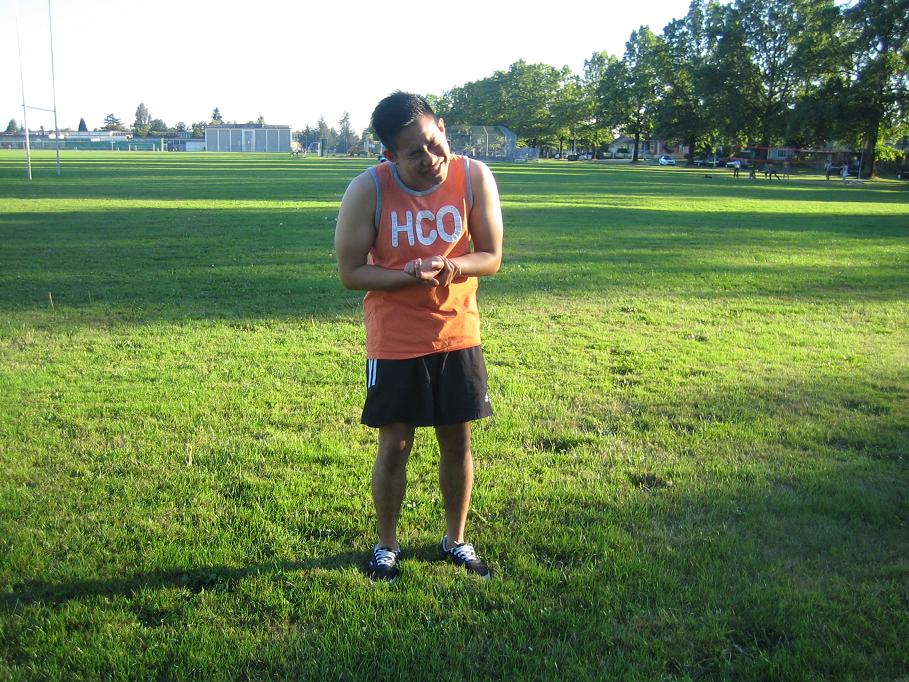Poison oak is also called western poison oak or pacific poison oak. The stem, leaves and roots contains urushiol which is a toxic chemical. Direct contact with the plant and inhaling smoke from a burning plant can cause an allergic reaction. An initial reaction begins when the poisonous substance enters the skin or through the mucous membranes such as the lips or nose.
Symptoms of poison oak
- Mild to severe skin rashes that appears red or hives which develops in the feet, hands, legs, arms, face or even in the genital area.
- Severe itchiness and tingling sensations
- Redness
- Swelling around the rashes

Mild to severe skin rashes that appears red or hives which develops in the feet, hands, legs, arms, face or even in the genital area. - Development of small or large blisters on the skin
- The skin will ooze and a crust forms usually around the blisters.
- Symptoms of infection such as having a fever or draining pus, swelling, pain and warmth around the affected area.
Causes
- Allergic reaction due to the resin of the plant especially if urushiol comes in direct contact with the epidermis of the skin.
- The urushiol can easily penetrate the barrier of the skin and cause changes in the deeper layers that includes the intercellular matrix and the follicles or pores.
- When urushiol reaches the sebaceous glands and if the skin is exposed to heat, the pores will expand and spread the oil.
Treatment
- Avoid picking or scratching the rashes to prevent further damage and worsen the condition.
- Clean the affected area using lukewarm water and mild soap.
- In a bath tub filled with lukewarm water, add a cup of Epsom salt. Mix until salt is totally dissolved and soak to lessen the swelling and the heat. Another alternative is soaking in oatmeal bath. Mix a cup of powdered oatmeal in a bathtub filled with warm water and soak the body.
- Apply a cold compress on the affected area by wrapping a few ice cubes in a towel and press it gently against the inflamed skin for at least 15-20 minutes at a time for several times as needed. Another alternative is taking a cold shower.
- Apply the prescribed ointment or cream on the area. After washing the area, apply calamine cream or lotion to lessen the itching and the oozing at least 2-4 times every day.
- Take the prescribed oral antihistamines such as Benadryl to lessen the itchiness and allow better sleeping.
FACT CHECK
https://www.medicalnewstoday.com/articles/311954.php
https://www.webmd.com/allergies/poison-ivy-oak-sumac#1
https://www.healthline.com/health/outdoor-health/poison-oak-pictures-remedies

